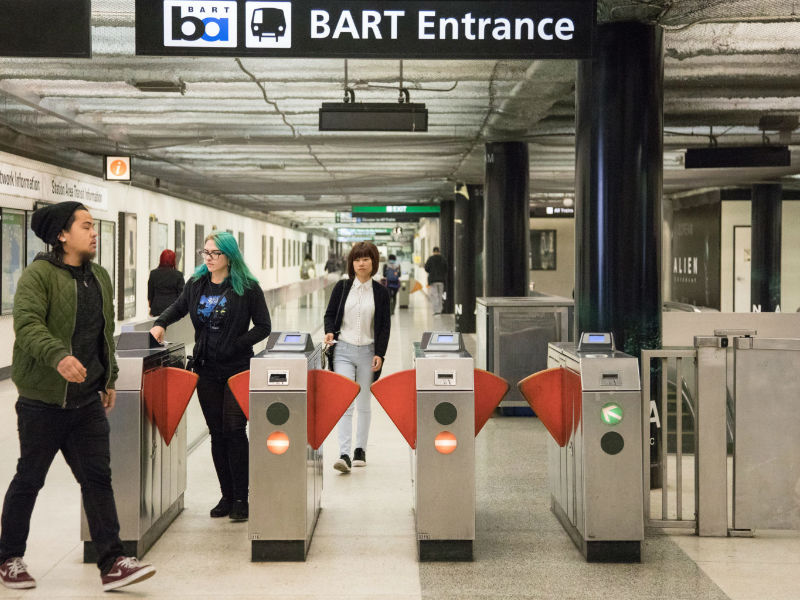
Karen Chapple has made a new displacement model she's testing out.
Chapple: Our first round of research that the LAO cited showing market-rate housing curbs displacement was a little odd because we used Census data and we really needed to do household data individually.
Chapple: Our first round of research that the LAO cited showing market-rate housing curbs displacement was a little odd because we used Census data and we really needed to do household data individually.

Chapple: We know there's a shortage and it's probably around 2.8 million. We need to build in the infill urban core because it reduces greenhouse gas emissions. We haven't been doing enough cause of NIMBYism and land cost. 



Chapple: What this great research shows (linked below) is that the share of local moves within the same area declined. People can't move around their own areas anymore. We dont build enough. Not enough vacancy. Not enough sellers. Filtering has been broken
https://twitter.com/IDoTheThinking/status/1424818215830491150?s=20
Chapple: Research on market-rate housing has fallen short because they dont have that fine-grained data on housing mobility and construction. We've seen research showing that market housing can reduce median rents but could have sub-market impacts for lowest incomes
Chapple: Previously, we counted displacement by the # of low income households. But this is somewhat flawed because we can't track individual households. All the studies really fail to proxy displacement well. So we tracked the households specifically instead.
Chapple: So we took data from SF Planning Dept and realized we built very little market rate housing over 20 years in the Bay Area. Of the 400,000 units over 20 yrs, 12% were subsidized housing. Shockingly, most is in the suburbs. Not a lot of red at all 



Chapple: We used this data to track households instead rather than just Census data and in/out migrations. Then we broke up the households into 4 income groups. We looked at moves out and in for these groups. We controlled for gentrifying and non-gentrifying areas. 



Chapple: If you build 100 market units in a block group, the rate of out migration in a block group for low income households increased from its standard of 10% to 10.5% *outside* of gentrifying areas. I.e. out of 10 standard out migrations, its 1 or 2 households more. 

Chapple: market rate is associated with higher out migration of low income households in Oakland than San Francisco and only outside gentrifying zones. Inside gentrifying areas, market rate development just doesn't have out-migration impacts at all. (Those hoods are in purple) 

Chapple: In-migration increases with all incomes from low to high with market rate construction in San Francisco, Oakland and San Jose. That's controlling for inclusionary units. Mostly high income migration benefits. Wears down after 4 years, however. 



Chapple: highest income groups move out the least when new development comes in, moderate incomes move out the most. The effects aren't substantially different, but they are a difference. 



Chapple: To eliminate the impacts of small increase in displacement, build medium sized/mid-rise buildings (instead of high rise, I think? I missed it).
Subsidized housing has much more mixed results on the impacts on displacement market does. Is not being presented right now.
Subsidized housing has much more mixed results on the impacts on displacement market does. Is not being presented right now.
Chapple: We found that rent control/eviction protections is extremely effective at protecting low income households from displacement, but we also found it equally stops low income households from moving into the cities, curtailing immigration. 

Chapple: Recommends AB 387 as a top item, social housing, as the aforementioned tenant protections are good policies but aren't enough. Recommends subdividing bigger houses into multifamily homes to off set increase in land costs.
Onto Q & A:
Onto Q & A:

Chapple: (re-iterates) This is non-gentrifying areas. There's just not any displacement impact in gentrifying areas. This is happening *outside* gentrifying areas.
Chapple: The difference in market housing production and out migration could be because they correlate with hot market areas. We will control for this in the next round with direct market comparisons.
And thats the end. I asked Chapple if this was only outside gentrifying areas that if it was in low income areas or affluent areas and if she would discern next time, but she didn't answer in time. I'm excited to see what their next computations look like.
In sum: the previous Urban Displacement Project research showed that market rate and subsidized housing reduced displacement of low income households.
But thats determined by looking at the sum total aggregate of low income households. So instead, Chapple tracts the households.
But thats determined by looking at the sum total aggregate of low income households. So instead, Chapple tracts the households.
She finds that the rate of out-migration of low income households (outside gentrifying areas, interestingly enough) increases by under 1% of its standard out-migration rate but it also brings in low income households so it obscures the true displacement rate.
I mentioned this in my substack, where I noted a caveat with the Census that despite the Black pop. stagnating in the development zones vs decreasing in no-builds, if its the same people or if its the same residents or people who moved into market units.
darrellowens.substack.com/p/where-did-al…
darrellowens.substack.com/p/where-did-al…

TL;DR Chapple finds a 0.5% increase in low income out migration with market rate but also a similar increase of low income in-migration with MR. All of this is *outside* gentrifying areas. In gentriying areas, there is no impact either way.
Actually I should correct myself: it's not a "similar increase", its about a percentage point more in in-migration than out-migration although it becomes identical by year 4. 

• • •
Missing some Tweet in this thread? You can try to
force a refresh







